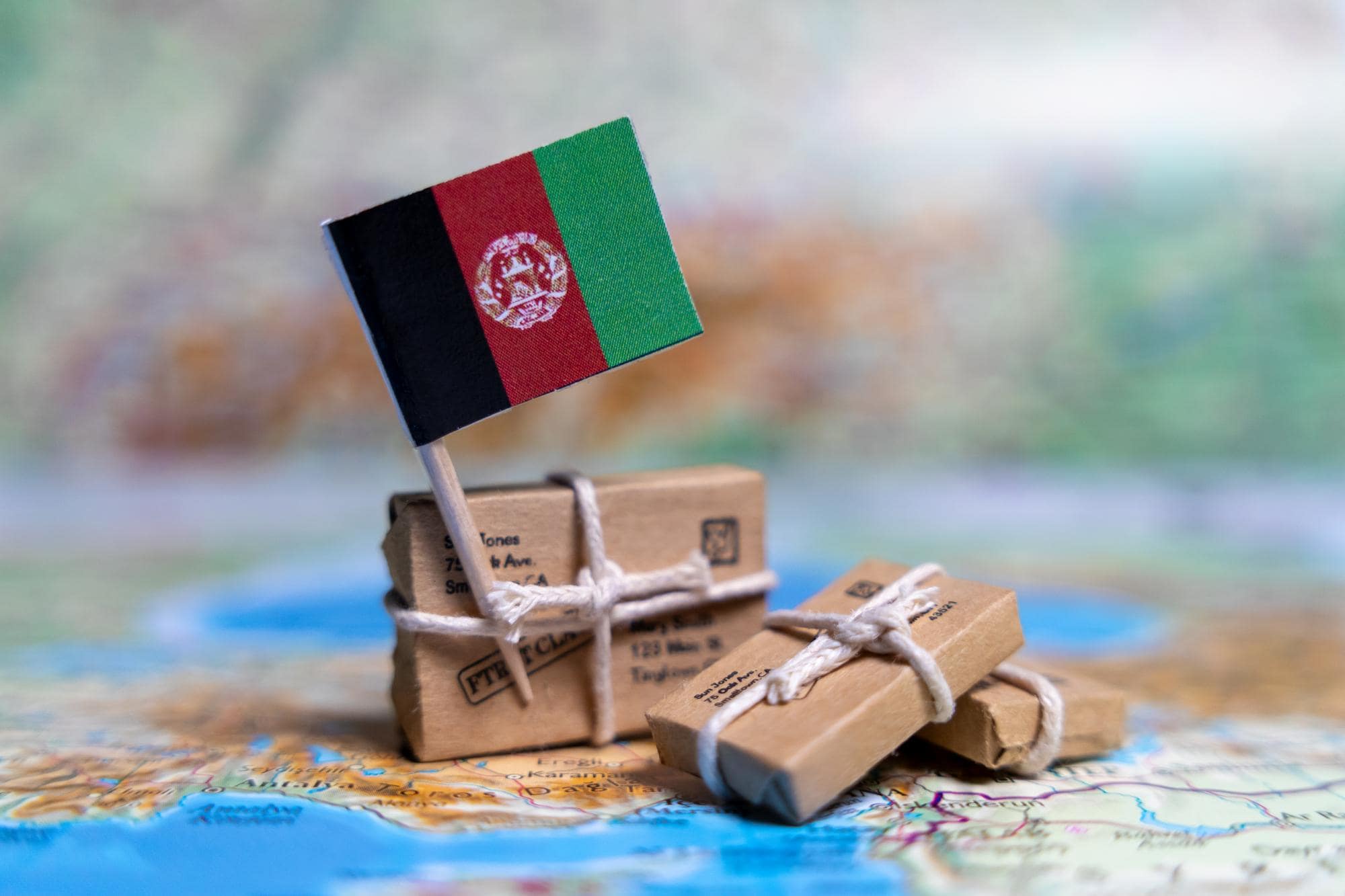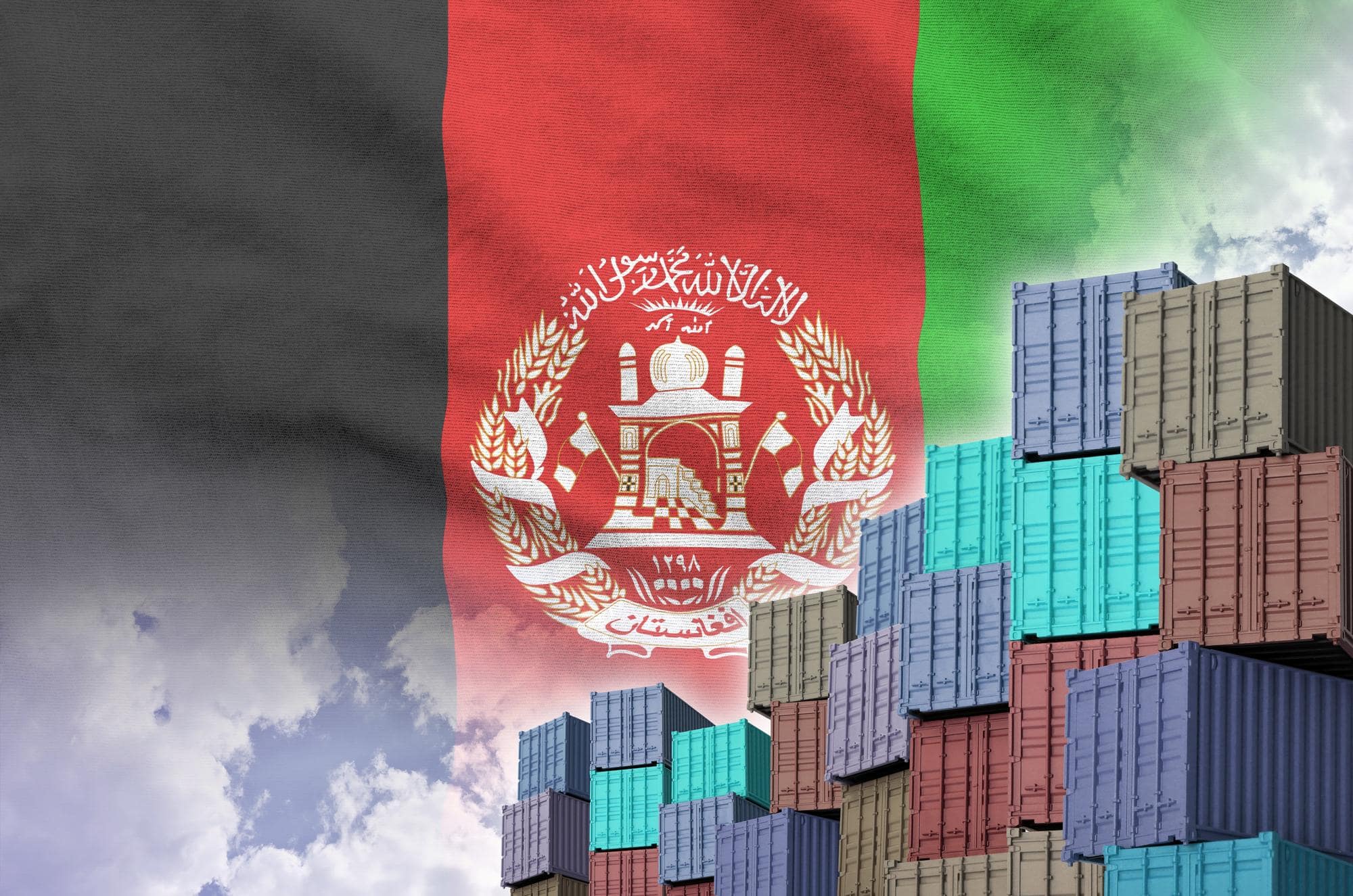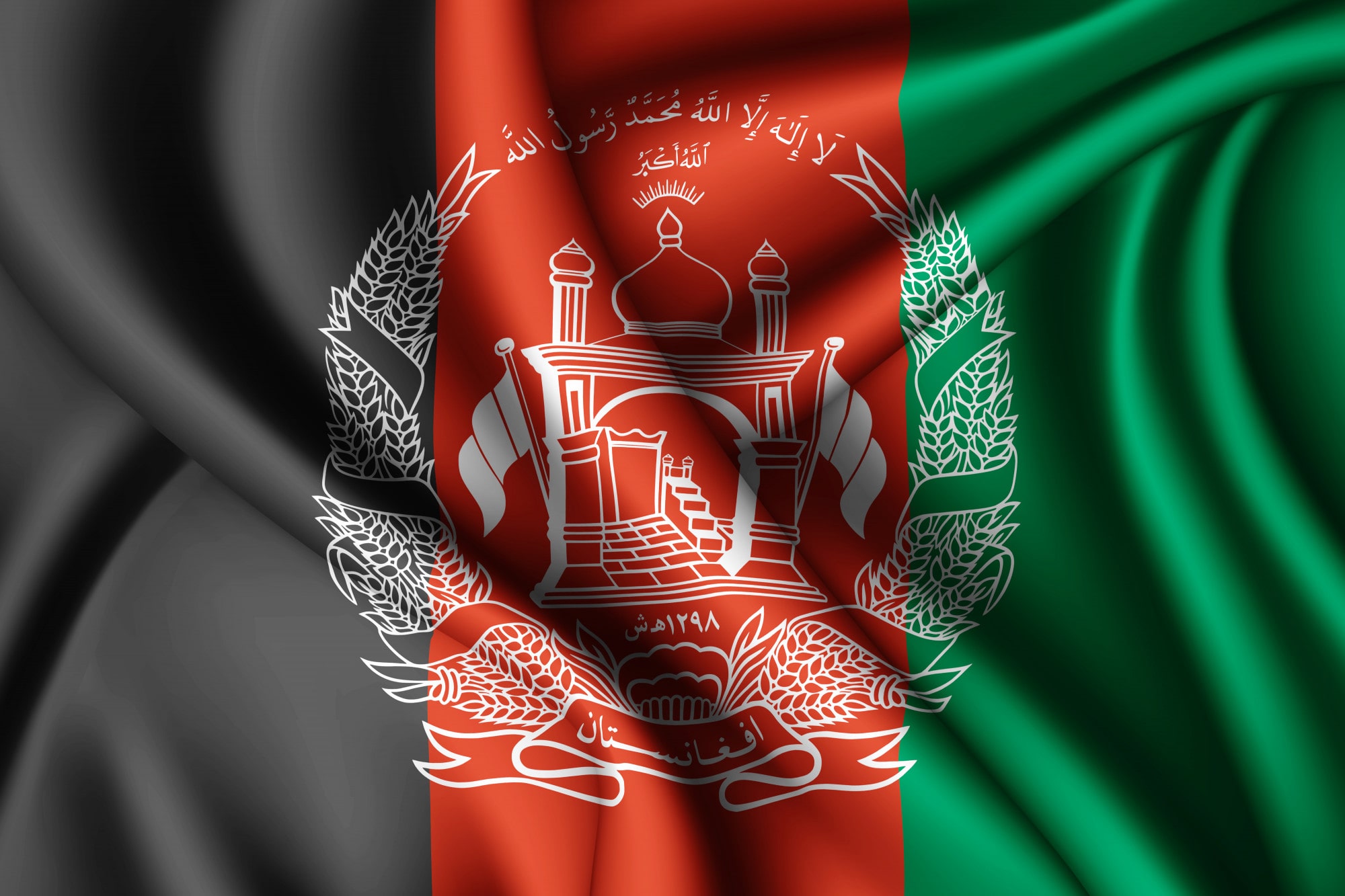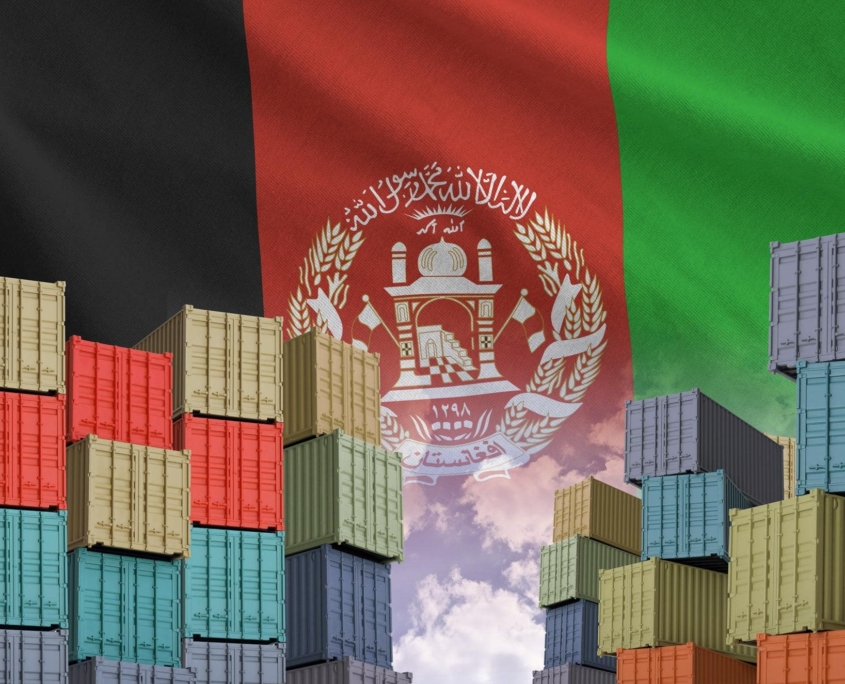Imports from Afghanistan to Iran
- categories:
- Importing Goods
Afghanistan, with its abundant natural resources and geographic proximity, is considered one of Iran’s key partners in trade and commerce. In recent years, Iranian traders and merchants have increasingly turned their attention to importing goods from Afghanistan, recognizing the country’s significant potential in agricultural products, minerals, and even handicrafts.
In this article from Jizan Holding, we explore the various dimensions of importing from Afghanistan, including existing opportunities, potential challenges, and strategies for optimizing the process.
Key Reasons for the Importance of Imports from Afghanistan
As a neighboring country, Afghanistan holds a strategic position for expanding commercial ties with Iran. The main reasons for the growing importance of imports from Afghanistan include:

Imports from Afghanistan to Iran
Rich Natural and Mineral Resources
Afghanistan possesses vast reserves of precious stones such as lapis lazuli, emerald, and ruby. Additionally, the country is home to large mines of iron, copper, gold, and chromium. These resources can significantly meet Iran’s industrial needs, especially in sectors like construction, automotive manufacturing, and electronics.
High Agricultural Production Capacity
Afghanistan’s agricultural products—including saffron, almonds, pomegranates, grapes, and watermelons—are of high quality and are well received in the Iranian market. Geographic proximity allows these products to be imported into Iran quickly and at low cost, preserving their freshness.
Cultural and Linguistic Ties
Cultural and linguistic commonalities between Iran and Afghanistan have facilitated trade relations. Many Afghan merchants are familiar with the Persian language, which plays an important role in commercial negotiations.
Related Content: Solar Panel Imports
Main Imported Goods from Afghanistan
Imports from Afghanistan to Iran include a wide range of goods, which can be briefly listed as follows:
 Imports from Afghanistan
Imports from Afghanistan
Agricultural Products
Afghanistan is one of the region’s producers of high-quality saffron. Herat saffron is recognized in global markets and holds a special place in the Iranian market. Additionally, fruits such as pomegranates, grapes, apples, melons, and plums are increasingly imported into Iran.
Precious and Semi-Precious Stones
Stones like lapis lazuli, extracted from the mines of Badakhshan, are used in Iranian handicrafts and decorative industries. Some Iranian companies directly import these stones and process them domestically.
Handicrafts
With a rich heritage in traditional arts, Afghanistan produces high-quality handmade carpets, kilims, jajims, and wooden crafts. Importing these items can supply niche markets in Iran.
Minerals and Metals
Minerals such as iron ore, copper, and coal are among other imported items. These materials are widely used in Iranian industries, especially in the construction sector.
Related Content: Tea Imports to Iran
Routes and Methods for Importing from Afghanistan to Iran
To import from Afghanistan to Iran, one must be familiar with legal routes and procedures. This process includes several stages such as obtaining permits, transportation, customs clearance, and paying tariffs.
Border Crossings and Active Customs
Iran and Afghanistan have several active border crossings, among the most important of which are Dogharoon in Razavi Khorasan Province, Milak in Sistan and Baluchestan, and Islam Qala. These borders serve as the main routes for transferring goods.
Road and Rail Transportation
Most goods are transported via road, but in recent years, the development of rail lines between Iran and Afghanistan has been prioritized. Once fully operational, this will reduce costs and increase transportation speed.
Need for Legal Permits
For official imports, obtaining a commercial card, registering orders in the Integrated Trade System, and completing customs procedures are mandatory. Collaborating with experienced trading companies or using legal consulting services can facilitate the legal import process.
Challenges and Obstacles in Importing from Afghanistan
Although there are many advantages to importing from Afghanistan to Iran, there are also notable challenges along the way.

Importing goods from Afghanistan
Political and Security Instability
One of the main obstacles is Afghanistan’s political situation, which is sometimes marked by instability. This can lead to delays in the shipment process or increased insurance and transportation costs.
Lack of Adequate Infrastructure
The shortage of standard roads, port facilities, and rail transport within Afghanistan slows down the movement of goods. Additionally, the occasional lack of warehousing facilities at border points can result in the spoilage of certain agricultural products.
Differences in Standards and Regulations
At times, imported goods from Afghanistan do not comply with Iran’s health, quality, or packaging standards. This can lead to the rejection of goods at Iranian customs.
Currency and Banking Issues
Under international sanctions, financial transactions between the two countries have become challenging. The use of manual remittances or licensed exchange offices is common in such conditions, but still carries certain risks.
Related Content: Imports from South Korea to Iran
Importing goods and products from Afghanistan to Iran can be economically viable and help strengthen regional relations. Geographic proximity, cultural similarities, and Afghanistan’s resource potential offer valuable opportunities for Iranian traders. However, attention to challenges such as political instability, lack of infrastructure, and regulatory differences is essential.
If you have experience in importing from Afghanistan or have questions on this topic, we’d be happy to hear your thoughts in the comments section.



